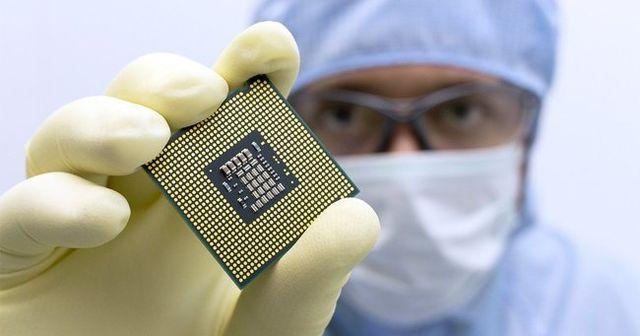The "chain of price increase" due to semiconductor deficiency is beginning to spread to home appliances.
Due to the influence of the new colon virus pandemic (global trends), people use ZOOM to work and learn, interact with friends on Skype, and soak into Netflix to clear the lockdown's worries.Became.As a result, products whose demand increased rapidly is television, notebook PCs and tablet terminals.
However, a significant increase in spending time for people to look at the screen caused a shortage of semiconductors.For this reason, the price of some electronic devices, including television, is rising.
According to market research companies NPD, the price of large TVs has risen about 30 % compared to last summer in recent months.The rise in price is an inevitable result of the current "chip crisis", as well as a complex problem that cannot be solved by increasing the production of mere chips alone.
Chain of starting price rise
It may be a matter of time that other devices that use similar electronic circuits are spreading in the form of rising prices.For example, it is a notebook PC, a tablet terminal, and a virtual reality (VR) headset.

Some manufacturers have already suggested the possibility of raising prices.ASUS, a Taiwanese computer maker, announced the quarterly performance in March, saying that the shortage of parts will lead to "further upstream prices."If that happens, it is likely to affect consumers.
Michael Halston, the Sinaptics's highest executive (CEO), which sells IC chips (integrated circuits) to control the touch panel, said, "Unfortunately, it has risen unfortunately, it has risen to the price of these parts.""In some cases, we are passing on the price rise to customers, and we have heard that the customer is showing the price increase to our customers."
While the entire semiconductor industry is suffering from lack of supply, the IC chip for displays is facing a unique challenge.IC chips for displays are usually produced in chip factories that are at the cutting edge of several generations, as they do not require any advanced technology.Chip manufacturers are focusing on the construction of advanced factories that produce high value -added parts, and there have been few incentives to increase the ability of old production equipment.In other words, it is not possible to increase the production of IC chips just because the demand has increased rapidly.
Exhausted parts
Already all forms of devices have been affected by the lack of chips.For example, Sony announced that the shortage of "PlayStation 5" is expected to last until the end of 2022 due to a semiconductor deficiency.
According to a trading company of an electronic component, some parts have increased by magnitude different.It is said that a voltage regulator (voltage regulator) of a normal 50 cent (about 55 yen) used in various products is traded at a high price of $ 70 (about 7,600 yen).
With these restrictions on the production side, products that require display IC chips in Rever, which are close to consumers, are the first to be the most influential.
"I recently heard that the stock was exhausted," said Peggy Carriere, a vice president of Avnet, an electronic component trading company."In this way, a new price (after the price increase) will hit retailers and consumers directly."
The display for the display is only a type of IC chip, but the impact is extensive."Every product incorporated will be affected by the rise," said Paul Ganillon, a senior consumer device director of Omdia, a research company.

